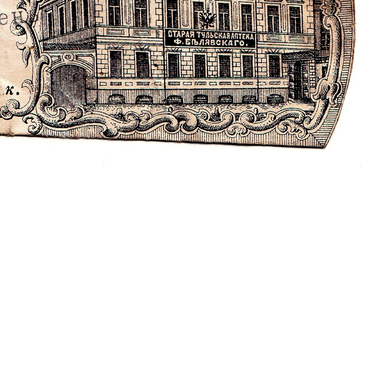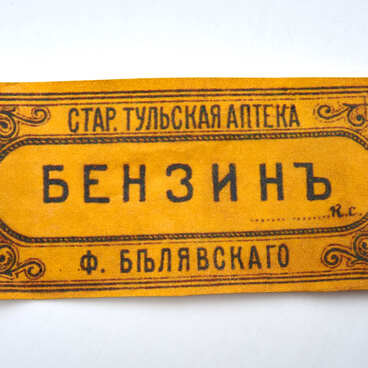In ancient Rome, an ampoule was a small vessel made of clay, glass, or metal, usually with a wide body, a narrow neck, and two handles. It was used to store liquids, primarily oil. In the Orthodox and Catholic churches, an ampoule was considered a small vessel to store myrrh, specially prepared aromatic oil, and consecrated water. Ampoules with myrrh or a particle of relics could be attached to icons as sacred objects.
The ampoule, which is used in medicine, is a tightly sealed glass vial with a thin neck. It is used to store sterile pharmaceuticals: not only solutions for injection are filled in the ampoules, but also pharmaceuticals in dry form, and even sterile material for sutures and wound treatment.
Ampoules allow for safe transportation of the pharmaceuticals: various microorganisms and dust do not get inside. In addition, the drugs can be stored and used immediately in the right dose.
The first ampoules appeared in the middle of the 19th century, almost a quarter of a century after the invention of the syringe. Before the invention of ampoules, doctors prepared solutions immediately before administration, which complicated and slowed down their work. For the first time, ampoules were mentioned in an article in the journal ‘Practical Medicine’ for 1887. Its author — a St. Petersburg pharmacist Alexander Pel — refers to the new vials as tubules. In this publication, Alexander Pel writes that putting the solution for injection in sealed glass containers is the most rational way of dosing them. Such tubules contained 2 cubic centimeters of liquid. To prevent the vial from tipping over, the ampoules were slightly wider at the bottom than at the top. The ampoules were sterilized twice: before filling them with a medicinal solution and after that; before the second treatment, the edges of the tube were sealed.
Almost simultaneously, chemists in different countries worked on improving the ampoules. A special feature of the ampoules created by the Berlin pharmacist Louis Friedlander was the separation by color. For example, he placed morphine in vials made of red glass, atropine — of black, and cocaine — of white.
In 1917, military surgeon Harvey Samuel Cook created a syringe with a replaceable set of cylindrical ampoules. He got this idea from the gunsmithing: glass containers were like cartridges for a syringe. Modern analogs of Cook’s ampoules are dental and anesthesiological carpules — sealed vials closed on one side with a metal lid, and with a rubber stopper on the other. Such ampoules have their own needle, and they are opened only by the mechanism of the syringe.
The ampoule on display in the Tula Historical and Architectural Museum, contains a tincture of iodine. It is intended for external use. Iodine has an antimicrobial and antiseptic effect.



